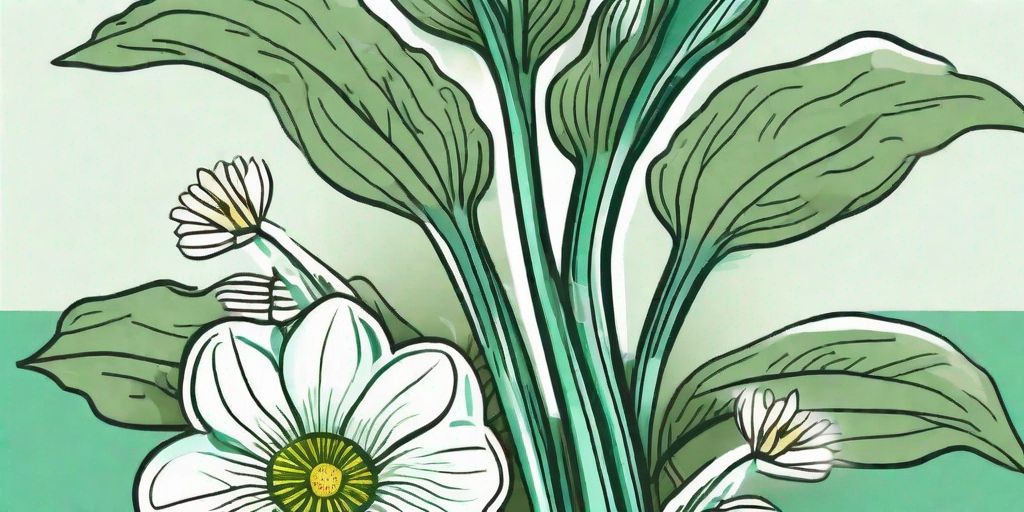
The zucchini, a summer squash, is a staple in many gardens worldwide. But nothing can be more disheartening than seeing your precious zucchini succumb to the dreaded Blossom End Rot. Fear not, dear gardener, for we have the solution to your zucchini woes.
Understanding Blossom End Rot
Before we dive into the solutions, let's first understand the problem. Blossom End Rot (BER) is a common garden problem that affects a variety of fruits and vegetables, including zucchini. It's characterized by a dark, sunken area at the blossom end of the fruit. It's not a disease, but rather a physiological disorder caused by a calcium imbalance within the plant.
Calcium is vital for the development of plant cells. When a plant can't get enough calcium to the developing fruit, the tissues break down, leading to the characteristic rot. While it's easy to blame the soil, the problem often lies in the plant's ability to transport calcium, which can be affected by various factors including inconsistent watering, high salinity, and root damage.
Preventing Blossom End Rot
Now that we've understood the enemy, it's time to arm ourselves with the weapons to fight it. Here's how you can prevent Blossom End Rot in your zucchini plants:
1. Consistent Watering
Watering is a bit like Goldilocks' porridge - it has to be just right. Too much or too little, and you could be inviting Blossom End Rot. The key is to maintain consistent soil moisture as fluctuations can affect the plant's ability to absorb calcium from the soil.
So, how much is 'just right'? Well, zucchini plants typically need an inch of water per week. However, this can vary depending on the weather and the type of soil. Sandy soils, for instance, drain water quickly and may require more frequent watering.
2. Proper Fertilization
While calcium deficiency is the main cause of BER, excessive amounts of certain nutrients like nitrogen, potassium, and magnesium can exacerbate the problem by interfering with the plant's calcium uptake. Therefore, it's important to use a balanced fertilizer and avoid over-fertilizing your plants.
Also, consider getting your soil tested. This can help you understand its nutrient content and pH level, enabling you to make informed decisions about fertilization.
3. Good Planting Practices
Good planting practices can go a long way in preventing Blossom End Rot. This includes planting your zucchini in well-draining soil and giving them enough space to grow. Crowded plants are more susceptible to stress, which can affect their nutrient uptake.
Additionally, avoid damaging the roots while planting or weeding as this can hinder the plant's ability to absorb water and nutrients.
FAQs
Here are some frequently asked questions about Blossom End Rot:
- Can I eat zucchini with Blossom End Rot?
While the affected part is not harmful, it can be unappetizing. Simply cut off the rotted part before consuming the rest.
- Can Blossom End Rot spread to other fruits on the plant?
No, BER is not a disease and does not spread from fruit to fruit. However, other fruits on the same plant can develop BER if the underlying issues are not addressed.
- Can I prevent Blossom End Rot with calcium sprays?
While calcium sprays can provide a quick fix, they are not a long-term solution. The best way to prevent BER is to address the underlying issues that affect the plant's calcium uptake.
Conclusion
While Blossom End Rot can be a heartbreak for any zucchini lover, it's not a death sentence for your plants. With consistent watering, proper fertilization, and good planting practices, you can say goodbye to zucchini heartbreak and hello to a bountiful harvest.
So, don your gardening gloves, wield your watering can, and declare war on Blossom End Rot. Your zucchini plants are counting on you!











